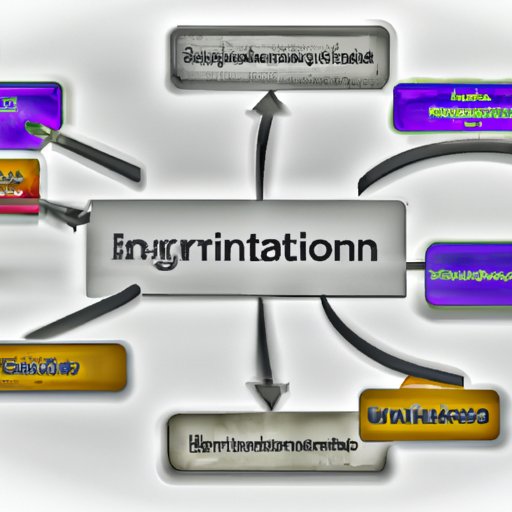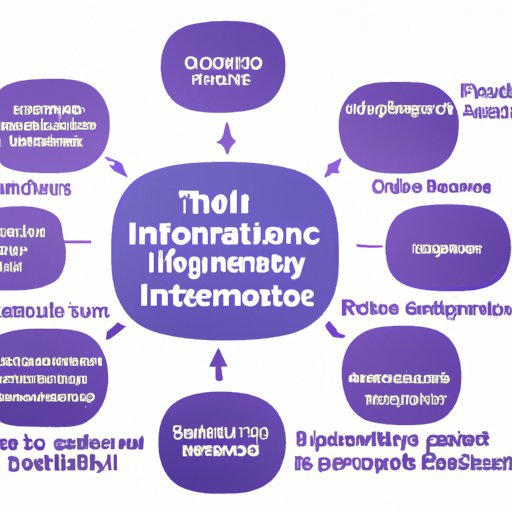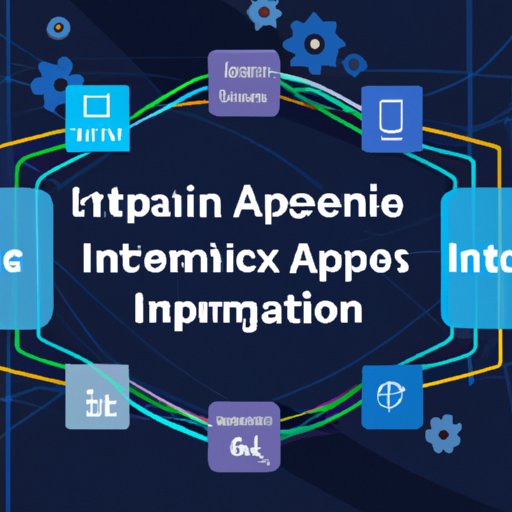Introduction
Integration in information technology (IT) is the process of connecting various systems and applications within a company or organization’s IT infrastructure. By integrating different components of IT, companies can better manage and share data, reduce costs, and improve overall efficiency. In this article, we will explore the basics of integration in IT, look at some successful case studies, and discuss the future of integration in IT.

Definition of Integration in Information Technology
Integration in information technology is the process of connecting two or more systems, applications, or components of an IT infrastructure. This allows for data to be shared and exchanged between different parts of the infrastructure, allowing for better management and communication. Integration also helps to streamline processes by eliminating redundant tasks and reducing manual labor.

Benefits of Integration in Information Technology
Integration in IT offers many advantages to organizations, including improved data security, increased efficiency, and cost savings. When all of your systems are connected, you have a single source of truth and can easily monitor any changes made to your data. This makes it easier to identify and resolve issues quickly, ensuring that your business runs smoothly. Additionally, when all of your systems are connected, you can automate processes and save time and money on manual labor.
Understanding the Basics of Integration in Information Technology
What is Integration and How Does it Work in Information Technology?
Integration in IT is a process of connecting different systems and applications to share data. This data can be structured or unstructured, and is usually sent over networks such as the internet or a private intranet. The data can then be used to automate processes, create reports, or provide insights into customer behavior.
Utilizing APIs and Integrations to Enhance Data Exchange
API stands for “Application Programming Interface”. It is a set of protocols and tools that allow two different applications to communicate with each other. Integrations are built using APIs and they enable different software applications to interact with each other and exchange data. For example, an integration can be used to link a CRM system with an accounting system, allowing the two systems to automatically exchange data.
The Power of Enterprise Application Integration (EAI)
Enterprise application integration (EAI) is the process of connecting different applications within an organization’s IT infrastructure. EAI enables businesses to integrate their systems and applications, making it easier to access and manage data. This can help to reduce costs, improve productivity, and increase efficiency.
Examples of Successful Integration in Information Technology
Case Studies
There are numerous successful case studies of organizations utilizing integration in IT to improve their business operations. For example, a large retail chain was able to reduce costs by 30% by integrating their inventory management system with their ecommerce platform. This allowed them to automate ordering and shipping processes, resulting in significant savings.
Real-world Applications
Integration in IT can be used to connect any number of systems and applications, from customer relationship management (CRM) systems to accounting software. It can also be used to connect mobile devices to enterprise systems, allowing employees to access data while on the go. Additionally, integration can be used to create custom applications that can be used to automate processes and improve efficiency.

The Future of Integration in Information Technology
Trends
As technology continues to evolve, so too does integration in IT. We are seeing a rise in the use of cloud-based technologies, which enable companies to quickly and easily connect different systems and applications. Additionally, the use of artificial intelligence (AI) and machine learning is becoming more prevalent in integration, allowing for more intelligent and automated processes.
Predictions
As integration in IT continues to grow, we can expect to see more use of open source technologies and microservices. Open source technologies allow for faster development and deployment, while microservices offer greater flexibility and scalability. Additionally, we can expect to see more use of AI and automation, as well as increased focus on data security and privacy.
Conclusion
Summary
Integration in information technology is the process of connecting various systems and applications to share data. It offers many benefits, including improved data security, increased efficiency, and cost savings. There are numerous successful case studies of organizations utilizing integration in IT, and the use of cloud-based technologies, AI, and microservices is becoming increasingly popular.
Takeaways
Integration in IT is an important part of any organization’s IT infrastructure. It can help to reduce costs, improve productivity, and increase efficiency. As technology continues to evolve, we can expect to see more use of open source technologies, AI, and microservices in integration. Additionally, data security and privacy will remain a top priority.
(Note: Is this article not meeting your expectations? Do you have knowledge or insights to share? Unlock new opportunities and expand your reach by joining our authors team. Click Registration to join us and share your expertise with our readers.)
